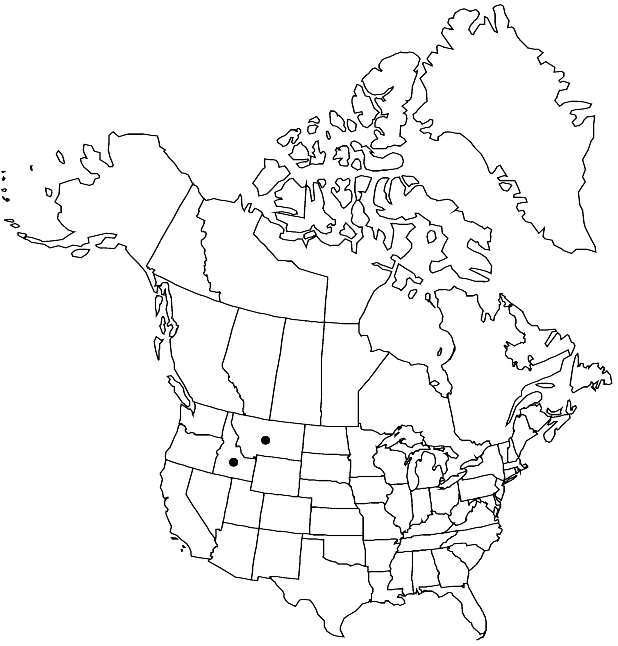Difference between revisions of "Physaria pycnantha"
Novon 17: 188, fig. 5. 2007.
FNA>Volume Importer |
imported>Volume Importer |
||
| (5 intermediate revisions by 2 users not shown) | |||
| Line 33: | Line 33: | ||
-->{{#Taxon: | -->{{#Taxon: | ||
name=Physaria pycnantha | name=Physaria pycnantha | ||
| − | |||
|authority=Grady & O’Kane | |authority=Grady & O’Kane | ||
|rank=species | |rank=species | ||
| Line 48: | Line 47: | ||
|publication year=2007 | |publication year=2007 | ||
|special status= | |special status= | ||
| − | |source xml=https:// | + | |source xml=https://bitbucket.org/aafc-mbb/fna-data-curation/src/2e0870ddd59836b60bcf96646a41e87ea5a5943a/coarse_grained_fna_xml/V7/V7_1121.xml |
|tribe=Brassicaceae tribe Physarieae | |tribe=Brassicaceae tribe Physarieae | ||
|genus=Physaria | |genus=Physaria | ||
Latest revision as of 22:30, 5 November 2020
Perennials; caudex branched, (densely cespitose and forming hemispheric mounds); densely pubescent, trichomes 5-rayed, rays bifurcate near base, fused at base, (strongly tuberculate throughout). Stems few to several from base, erect, (usually exceeding basal leaves), 0.3–0.7 dm. Basal leaves: blade linear-spatulate, 1.5–4 cm, (base narrowed gradually to petiole), margins entire. Cauline leaves: blade spatulate, similar to basal. Racemes crowded in distal 1/3, (4–10-flowered). Fruiting pedicels (loosely to strongly sigmoid), 6–10 mm. Flowers: sepals (pale yellow), oblong to elliptic, 3–4 mm, (median pair usually thickened apically, cucullate); petals (sometimes with slight tinge of orange basally), lingulate, 4–6 mm. Fruits ellipsoid, slightly inflated (somewhat latiseptate), 4–5 mm, (apex acute); valves pubescent, trichomes erect, appearing slightly shaggy; ovules 4–8 per ovary; styles 2.5–3 mm, (shorter than mature fruits). Seeds ± flattened, convex on outer side.
Phenology: Flowering late May–Jun(-Jul).
Habitat: Dry, windswept knolls of limestone gravel, with other cushion-forming plants
Elevation: 1600-2300 m
Discussion
Physaria pycnantha is morphologically similar to 56. P. nelsonii.
Selected References
None.
